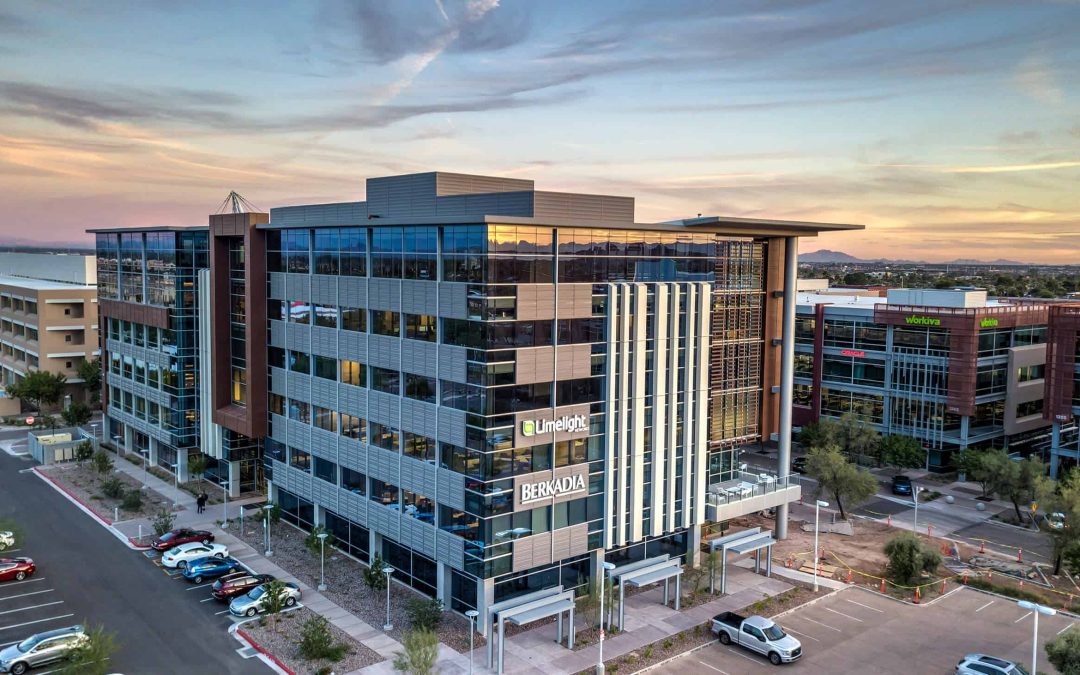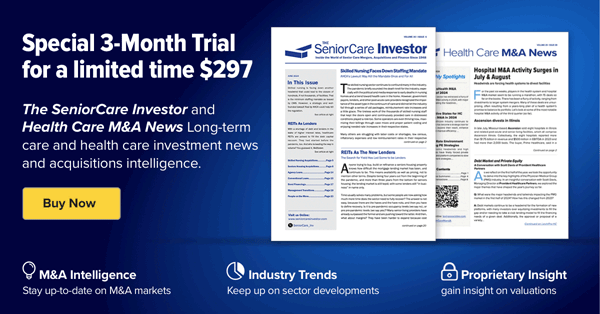Did transaction activity peak in 2022 in the medical office building (MOB) market?
While that question will officially be answered at the end of this year, it may already be time to start thinking about the possibility of a drop in MOB deal activity in 2023.
According to data captured from the LevinPro HC database, there were 214 MOB deals in 2022 and 160 MOB transactions in 2021.
Alan Pontius, senior vice president and national director of Marcus & Millichap’s office, industrial and healthcare divisions, discussed headwinds that look to shape the MOB market in 2023.
“We’ll probably see a flattening, even a modest decrease, in overall activity,” Pontius said. “In the first quarter of this year, maybe into the second quarter, the market [will] still be influenced by the rapid rise in interest rates, which has created a degree of pause. [There is a] gap that forms [with] expectations between the parties.”
The Federal Reserve in December raised borrowing costs by 50 basis points. Futures traders are betting that the U.S. central bank will move to quarter-percentage-point increases beginning with its January 31 to February 1 meeting.
“You have sellers that want to project interest rates moderating as we work our way through the year,” Pontius said. “That may or may not happen. And you have buyers that are hedging against interest rates staying where they are, or even rising further. It’s impossible to forecast how long that condition will hold.”
Pontius agreed that demographic factors that have been evident for quite some time, most notably the aging of the American population, provide a floor supporting the underlying strength of the MOB space.
“If you look at the demand side of the sector, you can’t help but believe that the expansion of healthcare-related services is ongoing,” Pontius said. “We’re going to need more healthcare professionals, which requires modernization and expansion of facilities. The fundamental drivers for the demand of healthcare services are excellent.”
Despite the macroeconomic headwinds, there have been 18 medical office building deals reported in 2023 as of January 20. They include Big Sky Medical Real Estate’s $190 million acquisition of a 10-property MOB portfolio with a combined 857,779 square feet of space. The facilities are located in Texas, Maryland, Louisiana and California.
Information from Marcus & Millichap’s research department was mentioned by Pontius when asked about a forecast for the MOB vacancy rate. He mentioned a 2022 vacancy rate of 9.2% with a drop to 9.1% forecasted for 2023.
Pontius also discussed the MOB outlook for rents.
“The anticipation would be that average rental rates will go up,” he said. “That is largely because asking rates overall are pulled up by the introduction of new product, which always rents at higher rates.”
Also addressed was whether the MOB market was recession-proof.
“Nothing is recession-proof,” Pontius said. “I would call it recession-resistant. What happens in a recession is the consumer might hold off on scheduling that appointment, depending on how people’s insurance coverage is moving around.
“In a recession, think of medical services as another service that consumers buy. If I break my arm, I’m going in. But if I need a checkup or I have something else that’s more elective in nature, I might delay that if I’m trying to figure out how to save on expenses.”
Rather than discuss different medical specialties and their relative strengths, Pontius mentioned the attractive features offered by MOBs.
“The bottom line is, if a building is well-located and relevant to the community, modern enough that it can attract tenants, those buildings are going to stay occupied and they are going to perform well,” he said. “But older, vintage properties aren’t going to lease up quickly or they will lose occupancy to more modern facilities that are better located.”
He was emphatic in his response when asked if MOBs are a comparably secure investment.
“Absolutely,” he said.
He went on to make a comparison between the MOB outlook and the general office market. He cited a forecasted 16.2% vacancy rate in the general office market.
“In the general office world, there is still an ongoing transition between office versus work from home,” he said. “That balance is creating questions and actual activities around many of the larger companies shrinking their footprints. There’s plenty of information available about some of these larger companies shrinking their overall commitment to real estate space, either because they are cutting back their workforces or because they are modifying their physical footprint to accommodate the flexibility of workers. We still don’t know exactly where that will shake out.”
He contrasted this with the stability that is built into the MOB market.
“On the flip side, look at medical offices,” he said. “You don’t have the same discussion. With doctors offices, physical therapy offices, dental practices, there is no work from home discussion. Medical office space would be considered comparably more stable than general office space.”
Pontius also drew a comparison between MOBs and the stock and bond markets.
“Obviously, there is much greater volatility of pricing in the stock market than you would have in the real estate market,” he said. “The bond market has its own volatility because you’re trying to forecast where interest rates are going. On a risk-adjusted investment basis, medical office looks pretty attractive given lower volatility and expectations for liquidity.”
With the aging of America set to continue for years to come and a stock market that lost value in 2022, it appears that investors looking for stability and predictable returns will continue to examine the MOB market for opportunities throughout 2023.


